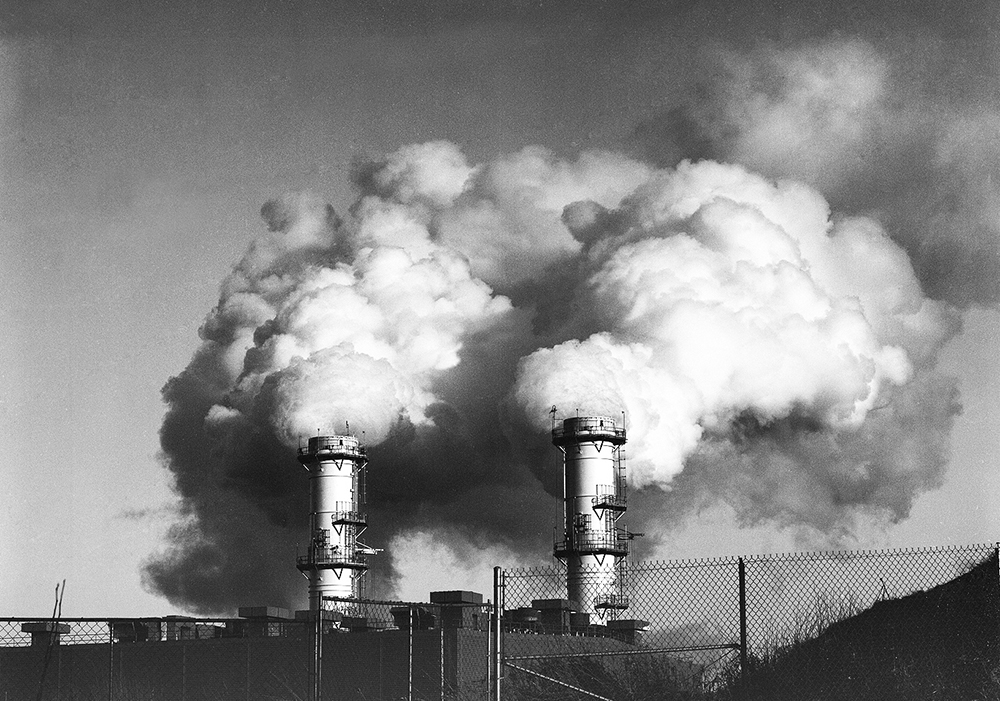Marco Gobbatto | Contributor
Featured image: Only a drastic change would cause a huge reduction in energy consumption, says York professor Christina Hoicka. | Nathan Marciniak
Donald Trump’s election win isn’t the only thing keeping scholars awake at night. Concerns about climate change, including rising global temperatures, brought York academics together for a conference last week.
The scholars made climate change predictions by contrasting today’s world to Hollywood movies. Their first example was represented by a Mad Max scenario, which may occur if there is a lack of global cooperation regarding environmental issues. Other theories predicted an eco-friendly society called an ecotopia, similar to Denmark’s low-technology, high-cooperation approach.
Lassonde School of Engineering professor William Colgan explained that “in terms of social impact, it’s really impacting sea level rise in a few ways we might not expect.” One phenomenon is the melting of Arctic glaciers, which increases sea levels. A lesser-known effect is the displacement of water from one location, which was once held by gravitational force, causing sea levels to rise disproportionately in other areas.
Colgan put emphasis on firn, the top layer of an ice sheet that represents the transition between snow and ice. Meltwater, the water released from melting glaciers, may be stored in this layer of firn, and it is important for scientists to find out how much and whether it impacts rising sea levels.
The panelists also spoke about greenhouse gas emissions, or GHGs, such as carbon dioxide and methane gas. These emissions contribute to the greenhouse effect, which traps heat inside the atmosphere and causes global temperatures to rise.
The panelists highlighted various Canadian food production industries as contributing to climate change, especially their use of inefficient refrigerators, large transportation networks and energy consumption.
Environmental studies professor Rod MacRae explained that a significant amount of natural gas, also a GHG, ends up in nitrogen fertilizer for agriculture.
Other scholars present had conducted studies in the Arctic and northern Alberta to learn more about climate change.
Lassonde professor James Whiteway and his team explained how his team flew over northern Alberta to measure levels of aerosol and its effect on air quality. Lassonde researcher Alec Casey showcased his team’s method of measuring Arctic sea ice to establish a baseline thickness and see how it diminishes, as well as to test the accuracy of satellite imagery in measuring ice thickness.
Knowing where ice is melting isn’t only about rising sea levels, but people living in the Arctic need to know where it is safe to travel, explained Casey.
To tackle climate change, some people are trying to use less energy. But environmental studies professor Christina Hoicka said that despite these attempts, the way we use energy is pre-determined by how our society is set up spatially, and only a drastic change in these spatial factors would cause a huge reduction in energy consumption.
In fact, public policy has failed to reduce energy use, as every global region, with the exception of Russia, used more energy in 2005 than in 1990.


